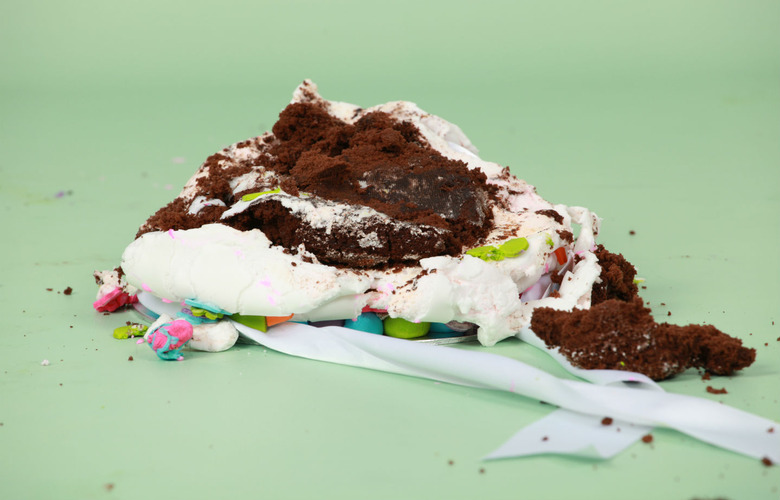Should You Really Teach Your Kids The 5-Second Rule?
"Five-Second Rule!" is a phrase we often shout when a piece of food falls to the floor or misses our mouths. If you have kids, who all drop their food a lot more regularly than us fairly coordinated grown-ups, you'll find yourself saying it many, many times a day. But is this a health lesson we should really be passing on to the next generation?
The theory behind this famous saying is that if something is only on the floor (or whatever other surface it has fallen on to) for five seconds, then it won't pick up any bacteria in that time. Scholars and scientists have actually put this belief to the test, in a bid to help us decide whether we should endlessly repeat or completely surrender this piece of folklore. Sadly, the research has shown that food can be contaminated by bacteria such as salmonella or E.coli in fewer than five seconds.
However, that's not exactly the end of their findings. It turns out that food that has been in contact with a dirty surface for fewer than five seconds is much less likely to pick up harmful bacteria than if it were there for, say, a full minute; so the five-second rule does has some truth behind it. On the other hand, it's clear that five seconds may be a brief enough amount of time — especially for food with a wet surface, such as a piece of fruit — to contaminate the food: Just one second can sometimes be long enough for your dropped food to pick up one of those sickness-inducing bacteria.
So, what we should probably be teaching our kids, rather than the five-second rule, is a saying that goes something like, "If in doubt, toss it out." Food that has dropped onto a dirty surface (and remember that even surfaces that look clean can be concealing dirt and bacteria), should really be thrown out. If you don't throw it out and decide to stick to the five-second rule, well, all we'll say when you get sick is: "I told you so."
